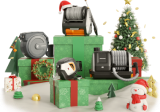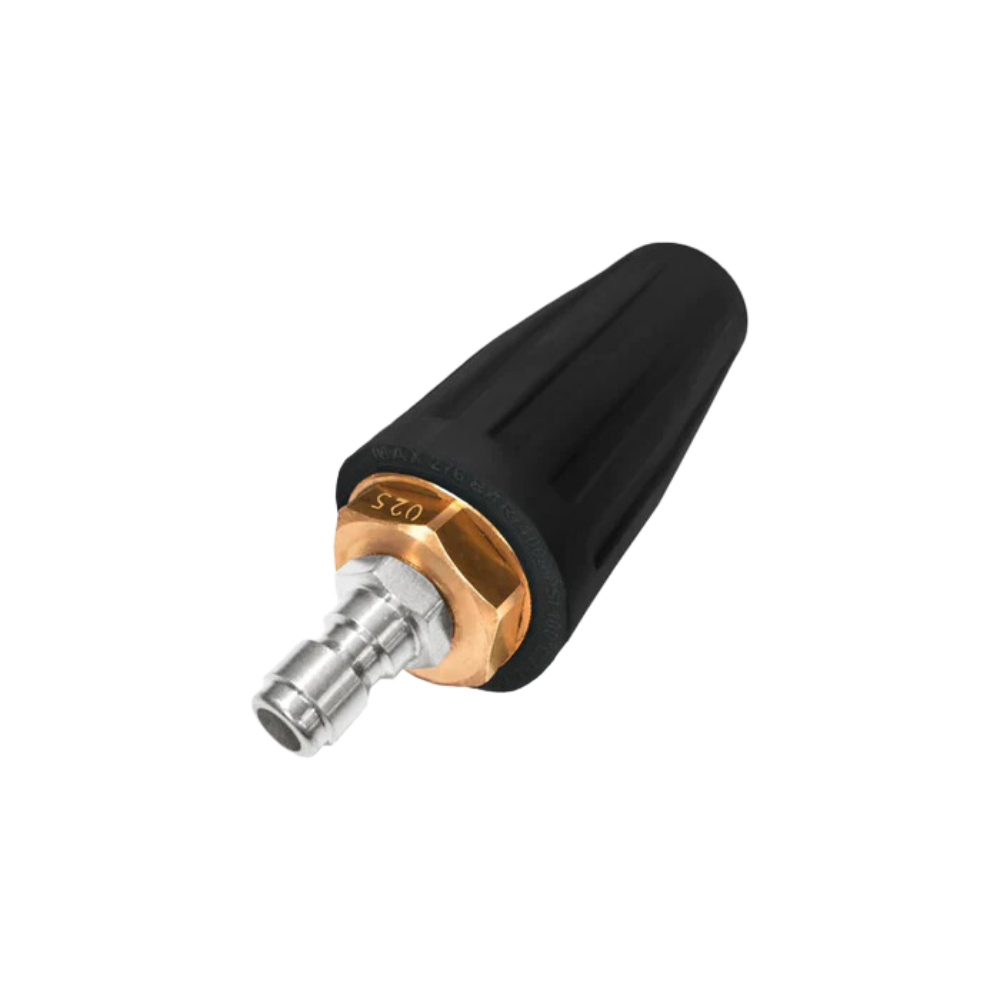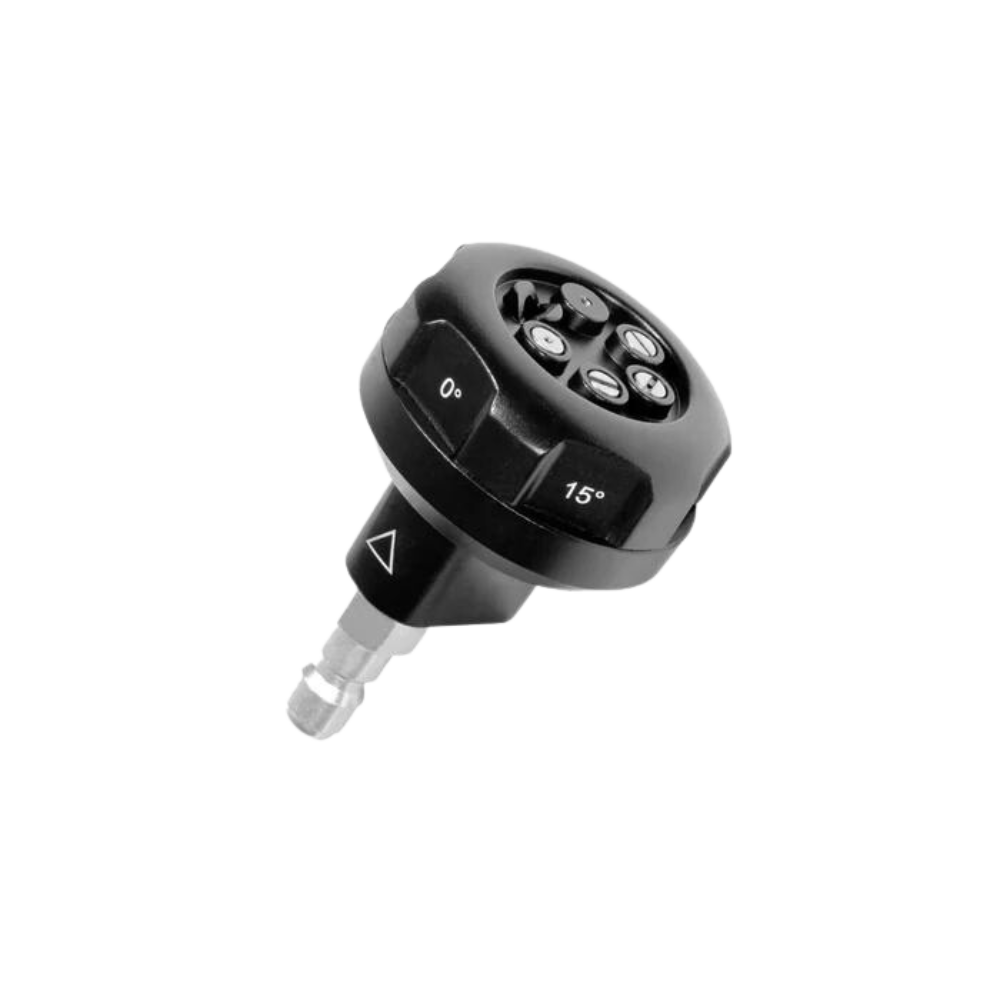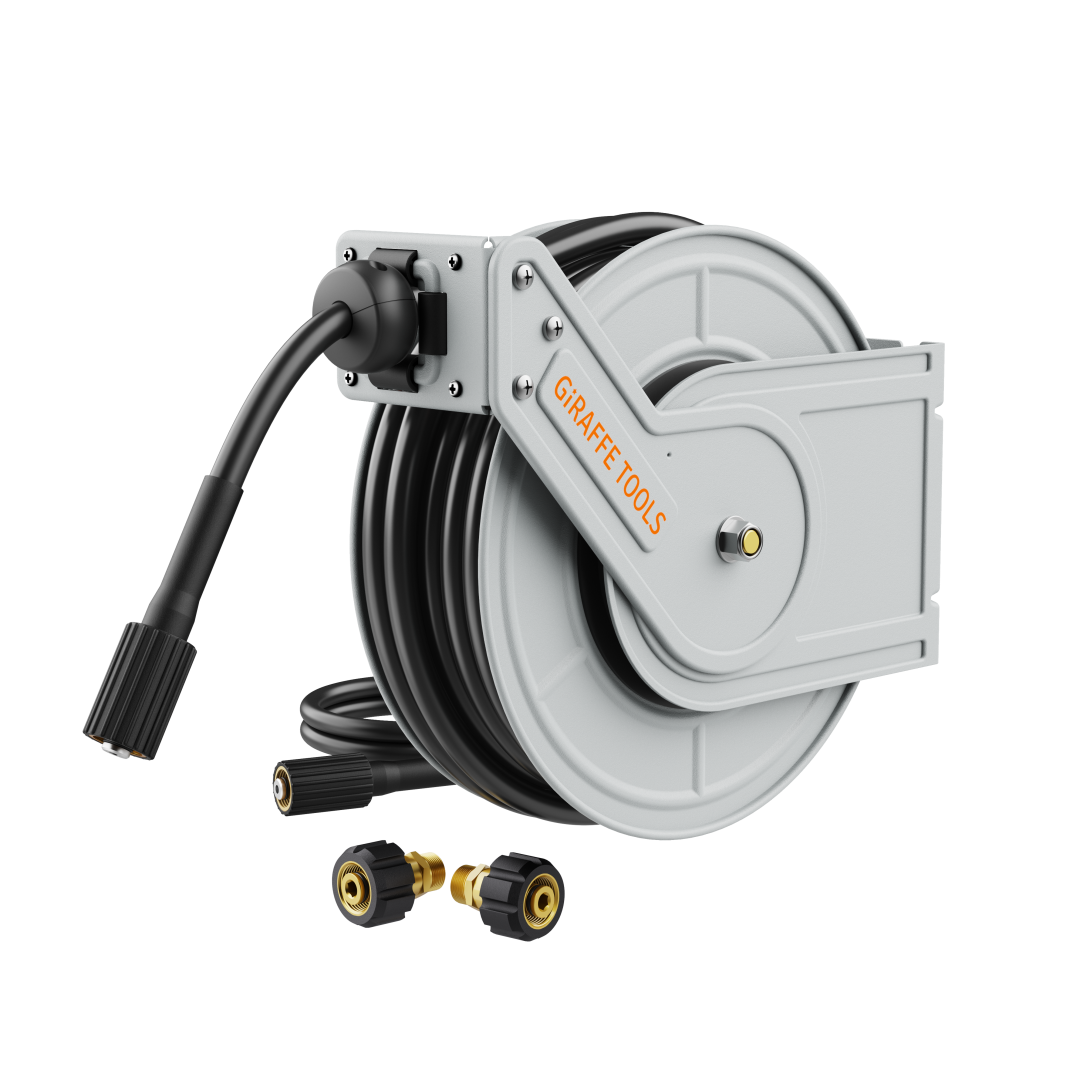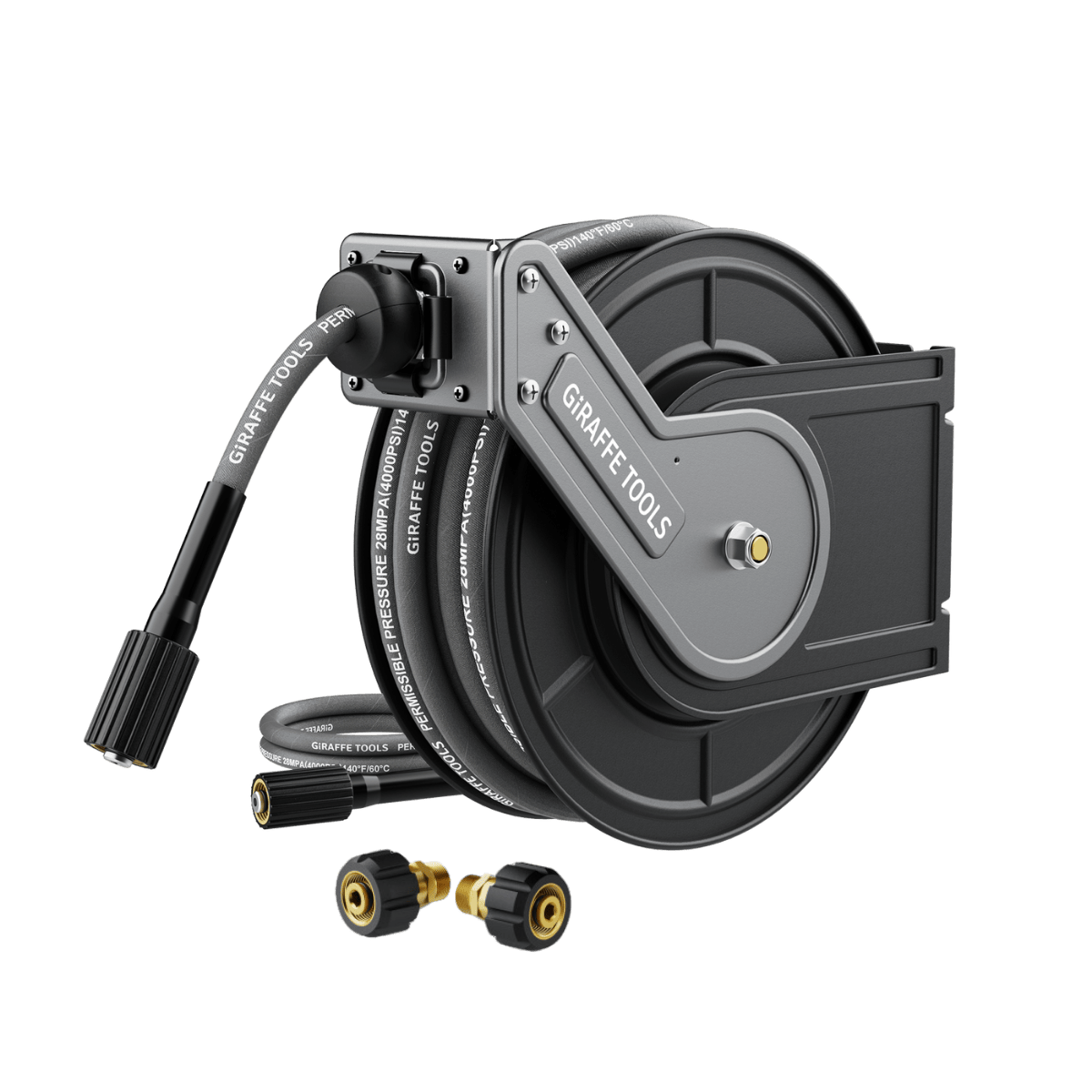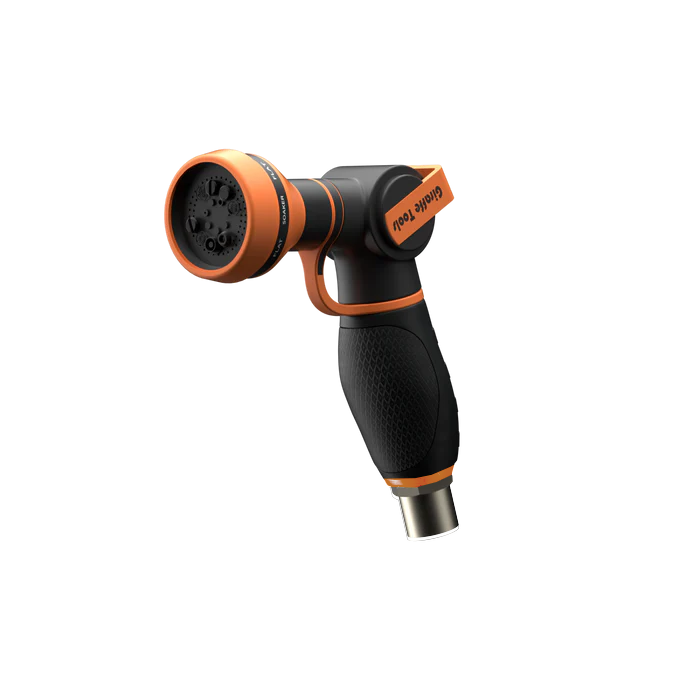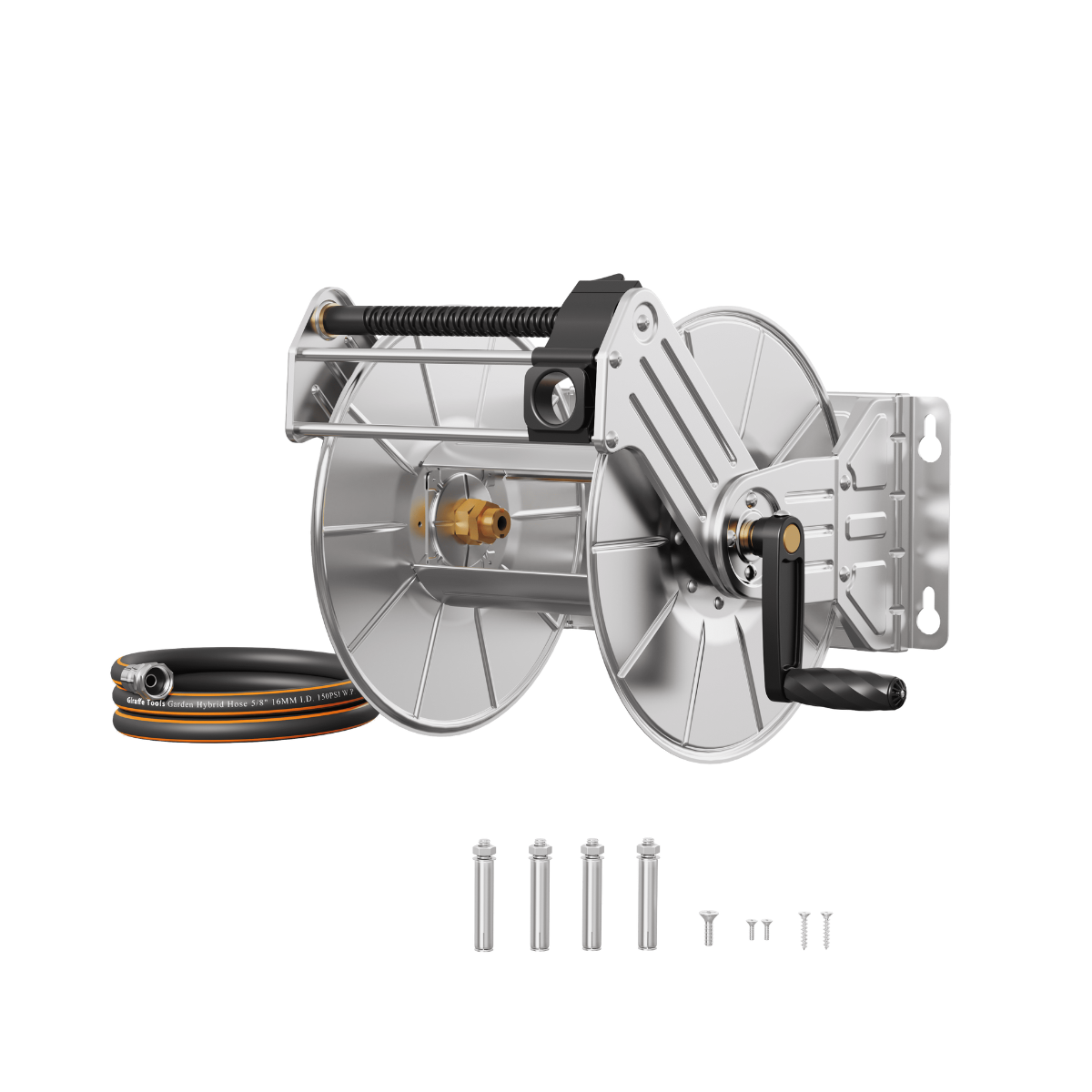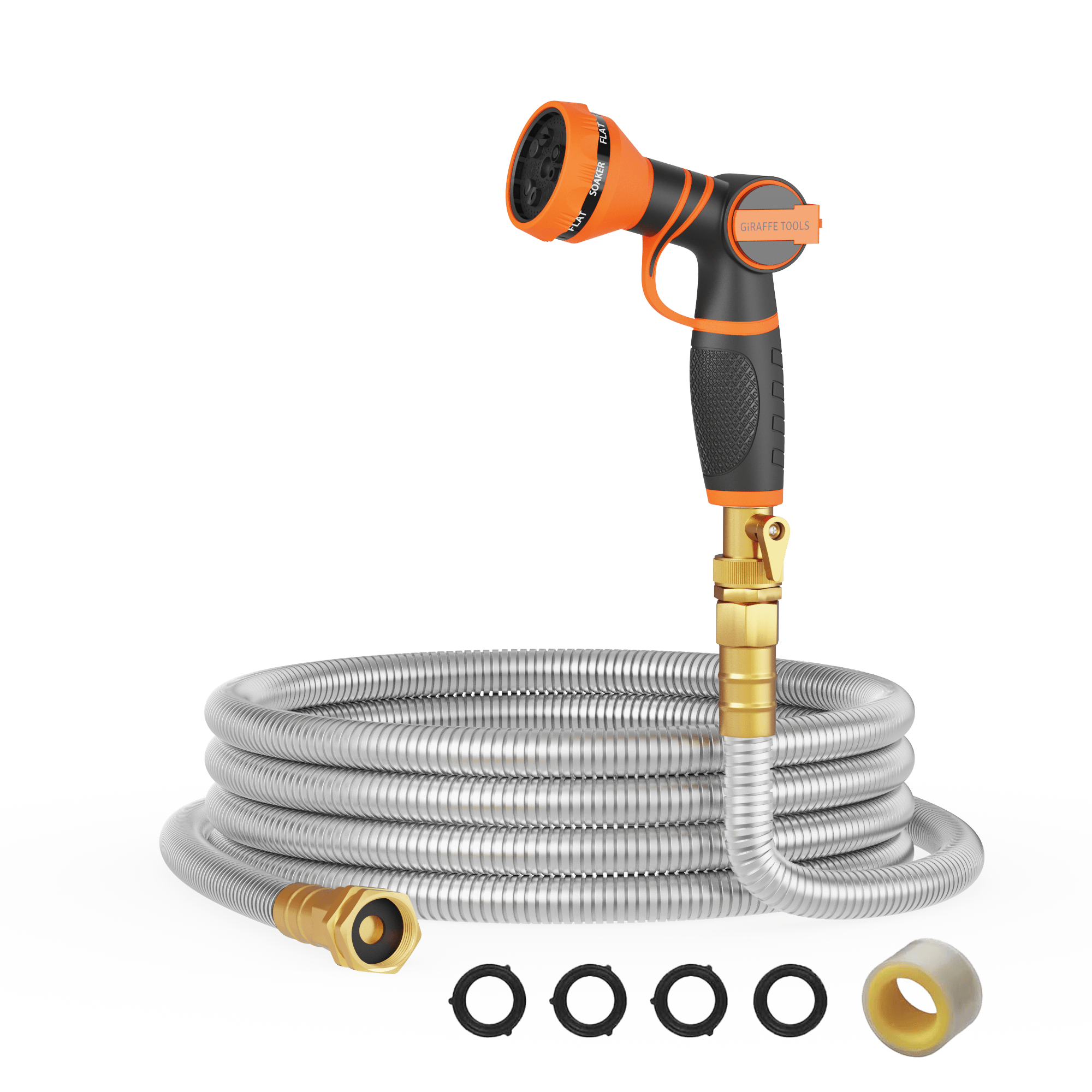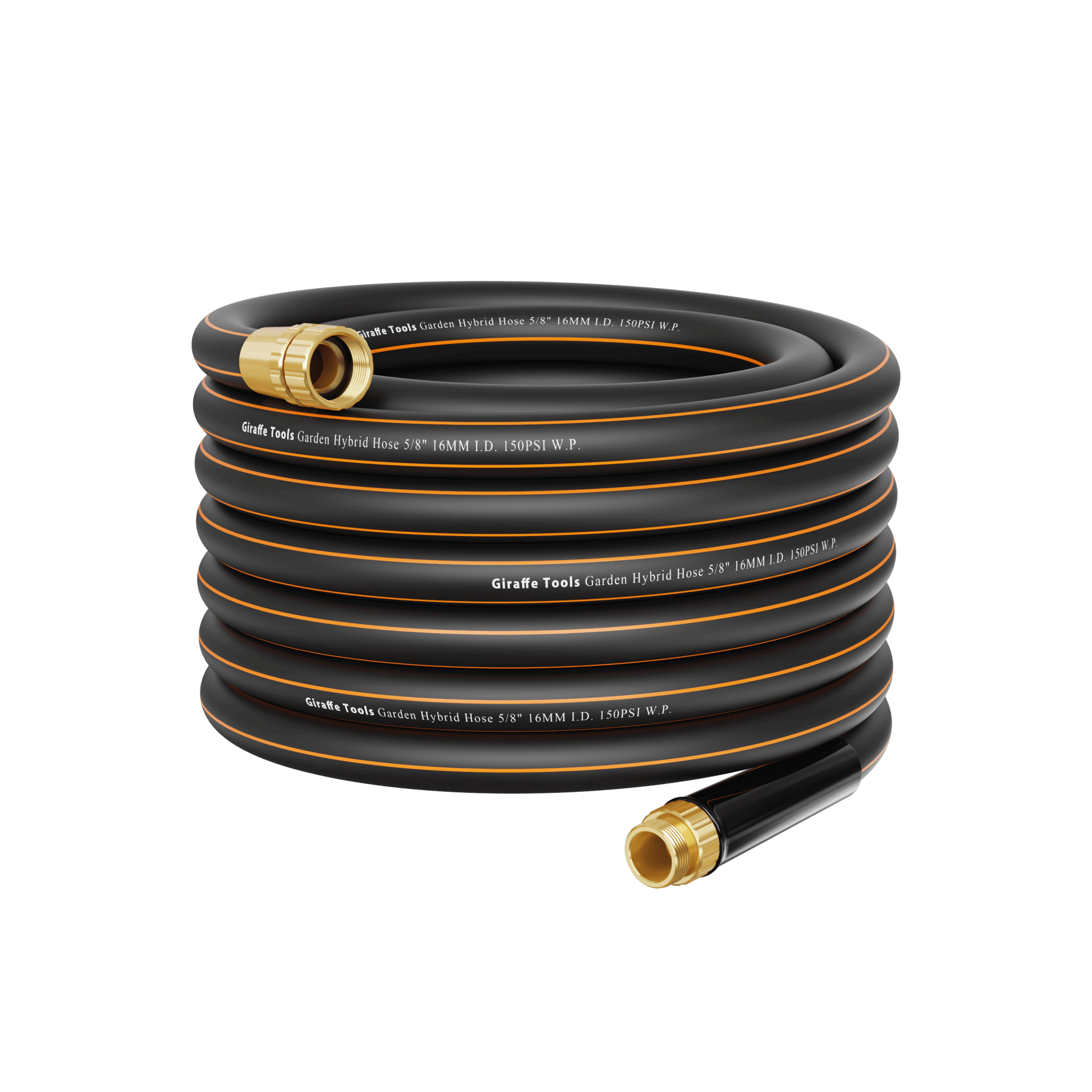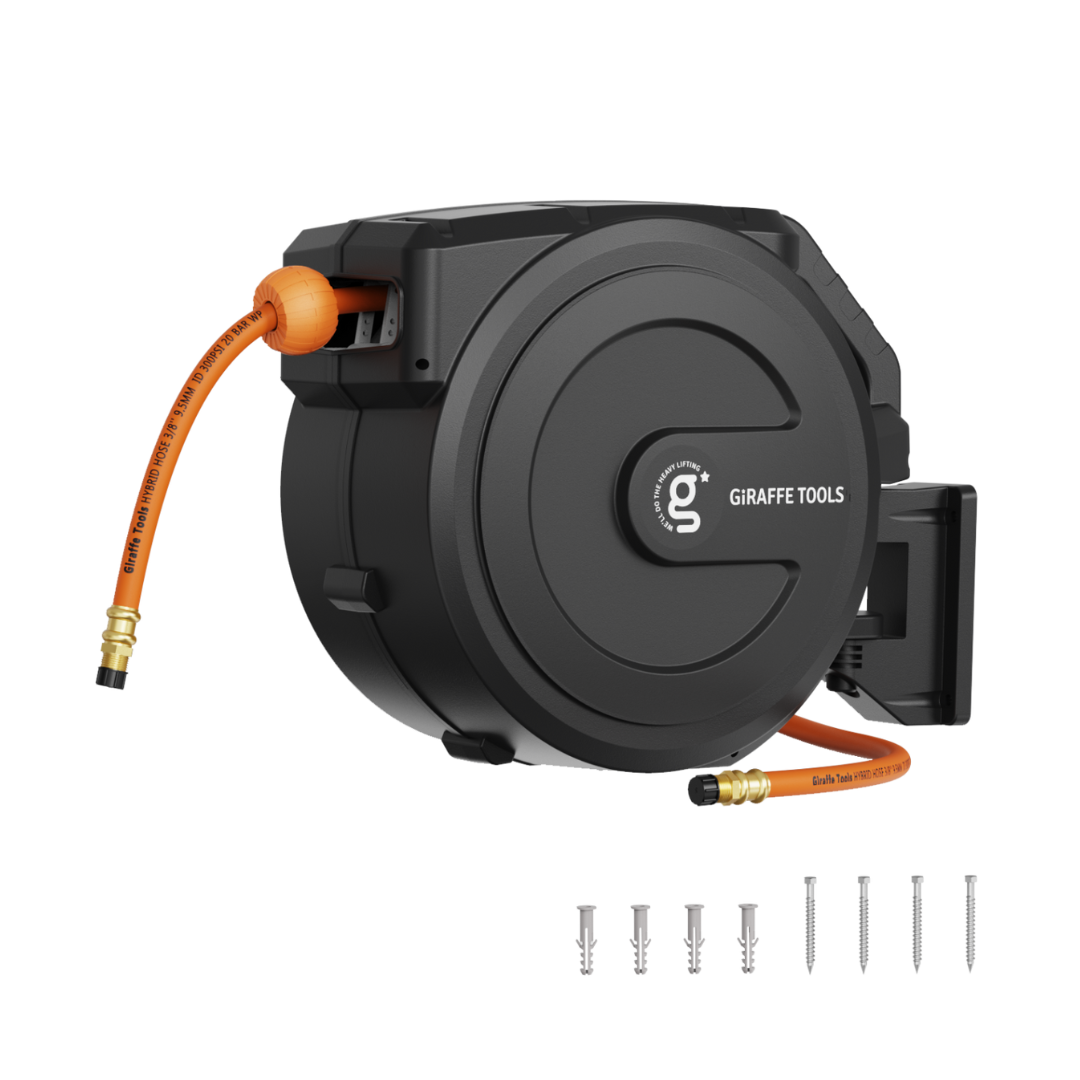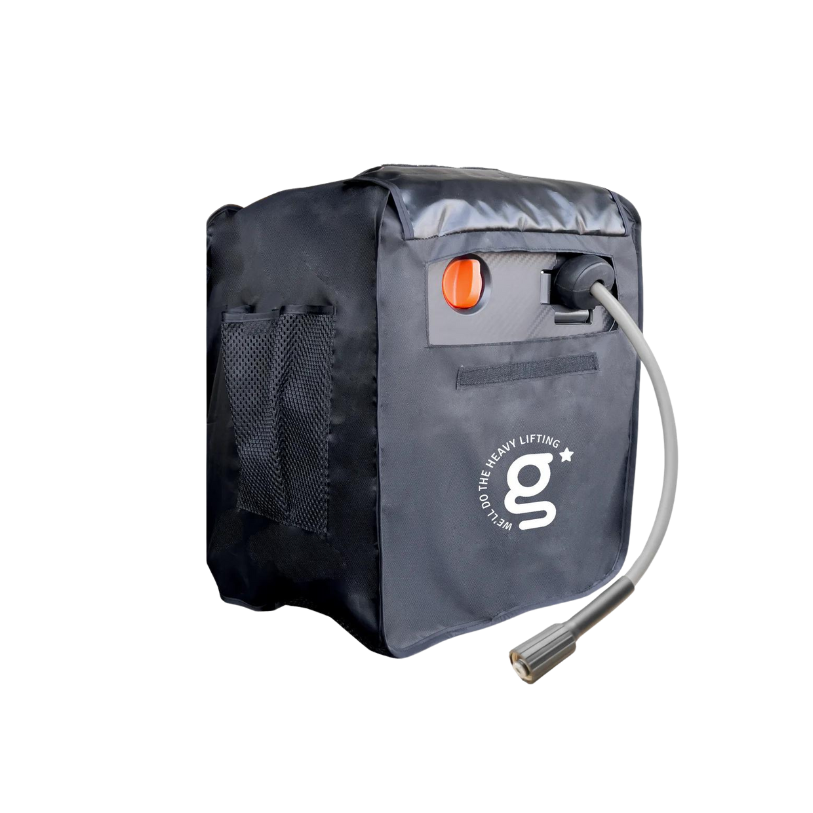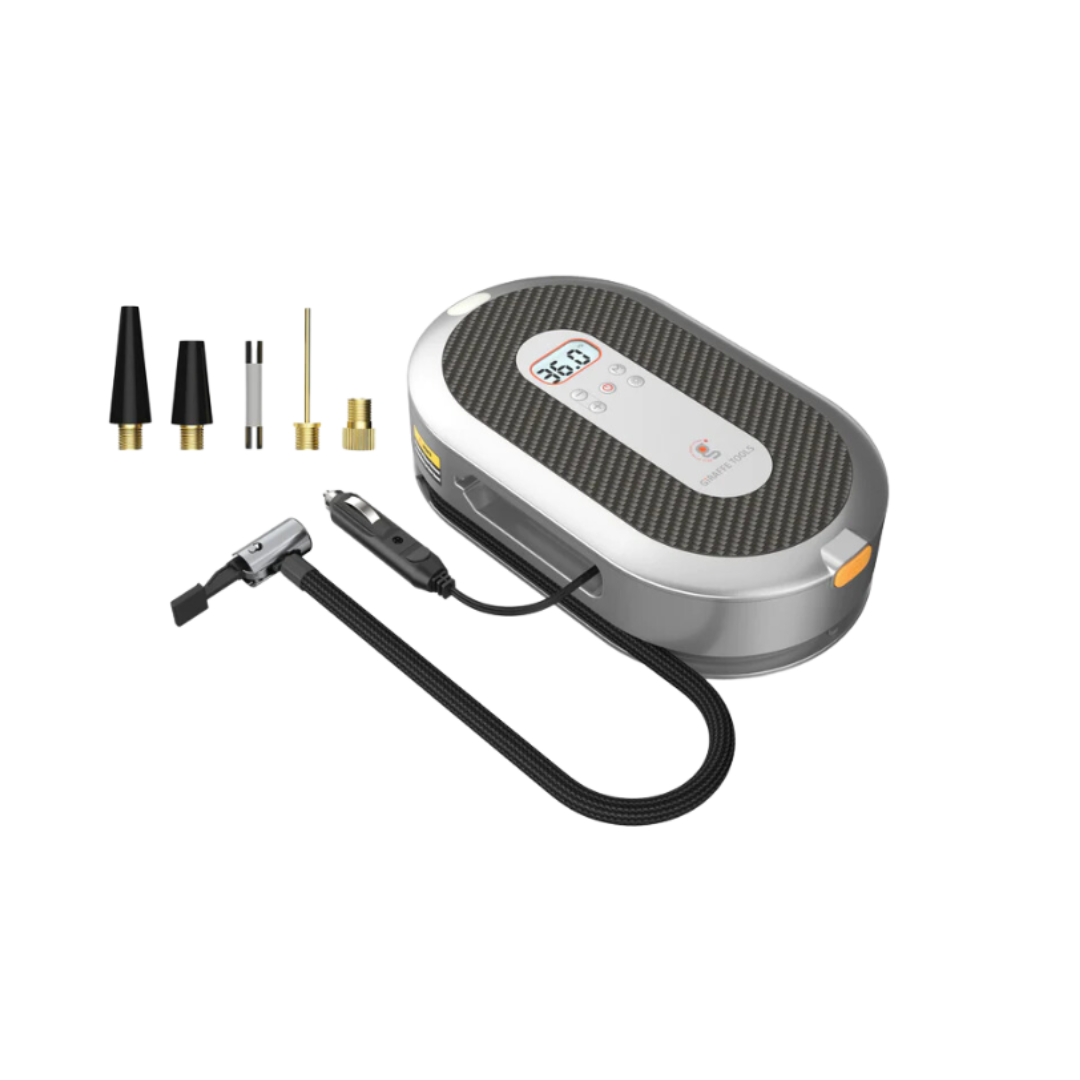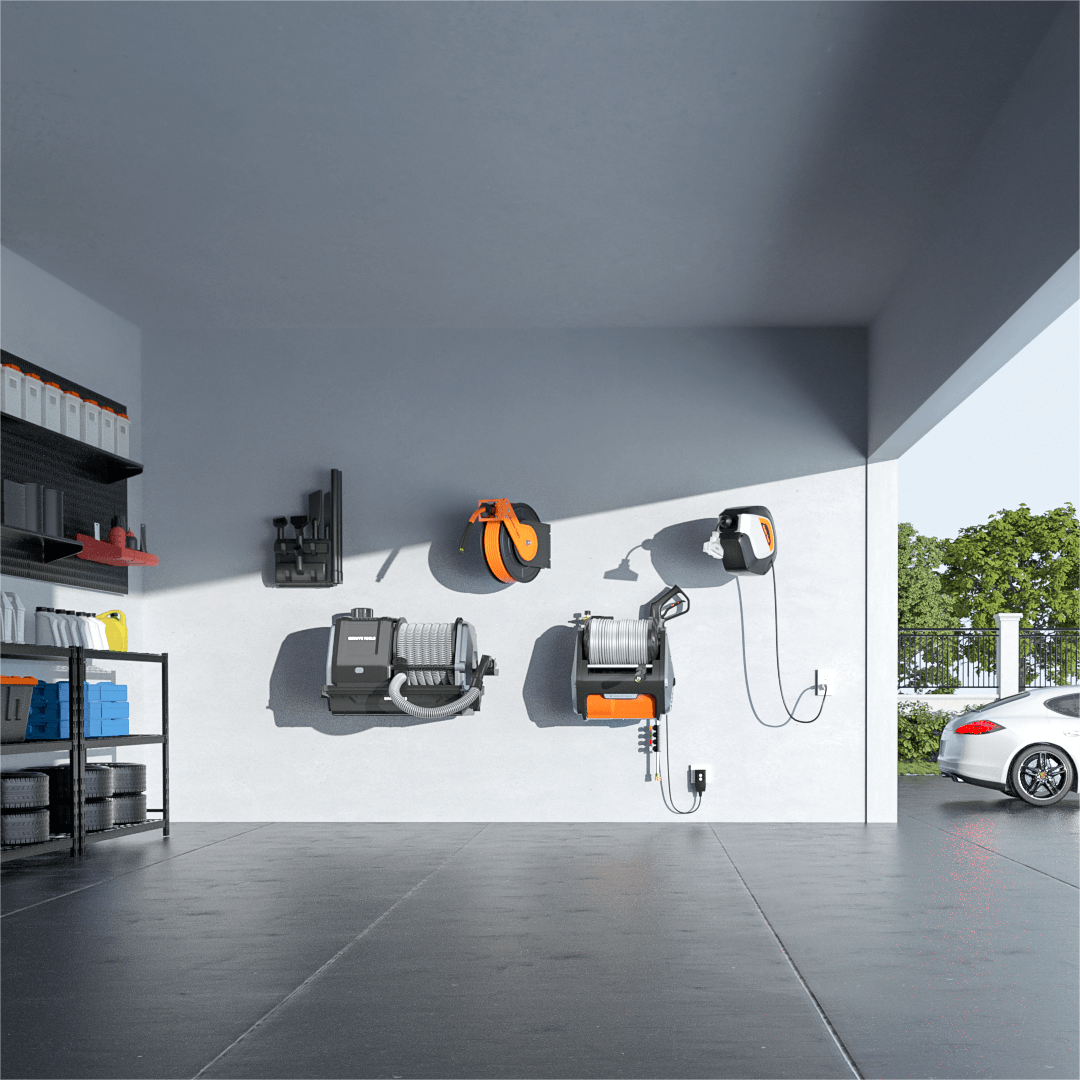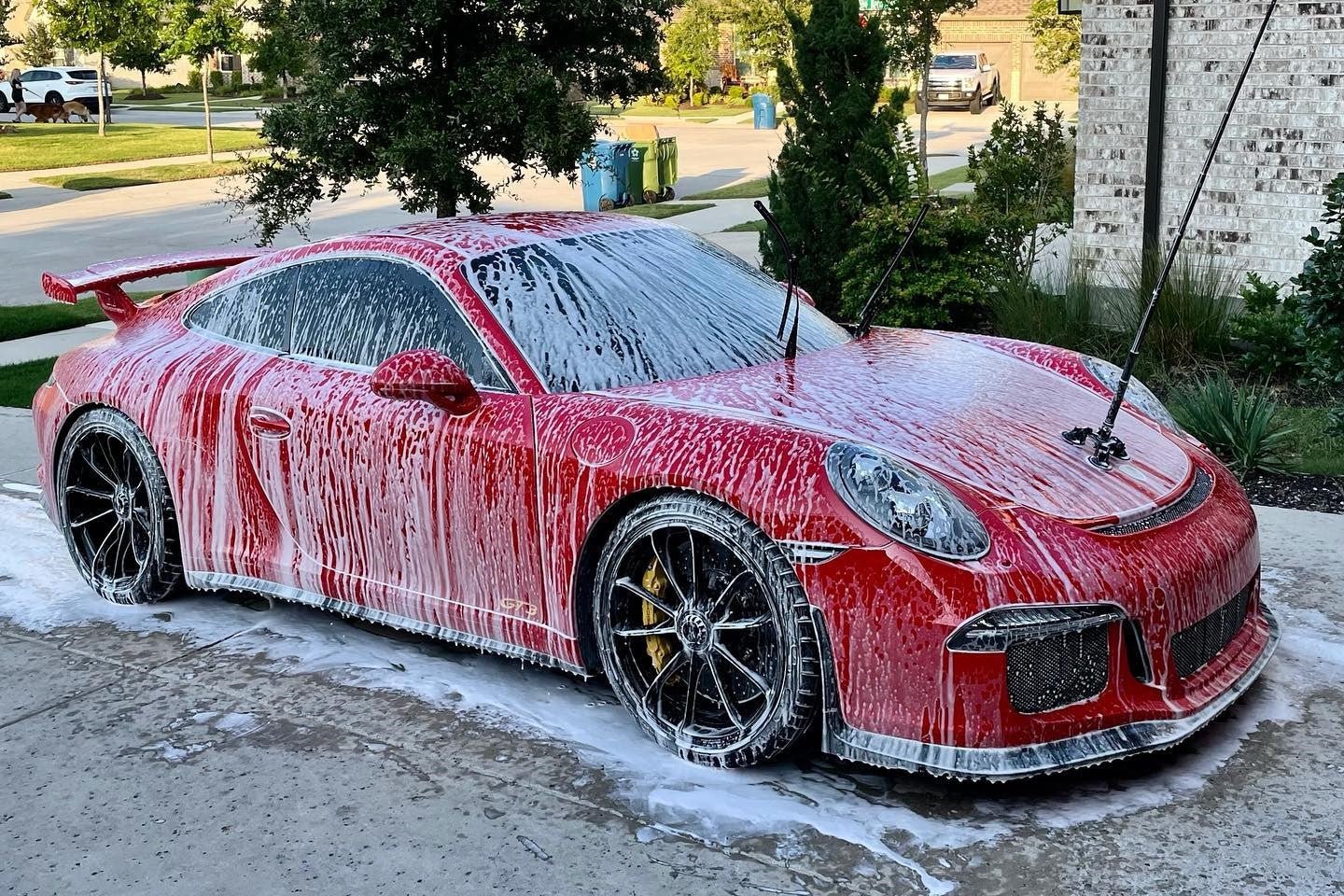Pressure washers have been around for a long time now. Many households own it across the globe and mostly use it for getting rid of dirt, mud, paint, dust, oil, and other stubborn substances off the surface.
In today’s blog, I will be sharing the history of pressure washers. So, if you are someone like me who wants to know how pressure washers originated, then I am here to help you. So dive in to know more!
Here’s what you will learn in this guide:
- Brief History of Pressure Washers
- Types of Pressure Washers
- Parts of Pressure Washers
- Uses of Pressure Washers & Safety Tips
Sudden Discovery by Frank W. Ofeldt II
The origin of pressure washers leads us back to 1927 when the Volstead Act was in full swing. This act was a legal barrier to trades related to alcoholic beverages in the US. As the alcohol traders were facing losses, they collaborated to create an underworld alcohol business to continue supplying without getting caught.
Soon this illegal bootlegging became popular and started gaining ground among commoners like Frank W. Ofeldt II, the inventor of pressure washers. Frank discovered pressure washers accidentally in 1926 while figuring out how to design his portable whiskey. In the process, he discovered that when the nozzle of the steam outlet faces downwards, it directs steam on the floor and the grease starts crawling.
He was intelligent enough to understand that steam, a gasified liquid lacking mass and body, can just make the grease crawl and not permanently remove it. But he was passionate enough to find a way out to wipe off the grease effectively. Then started his journey of creating the master machine!
Frank’s Journey to Homestead
Frank was searching for a pump casting to move forward with his idea. That led him to the Homestead Valve Company located in Allentown, USA. His idea was eagerly taken into consideration by Frederic E. Sochuchman Sr., and they both started the project to develop a machine called ‘Hyper-pressure Vapor Spray Generator.’
Soon entered Mr. Eltinge; searching for a job as an advertiser. He became curious about the new invention and tried to learn more about it from Ofeldt and Sochuchman. He was the one to name the machine ‘High-Pressure Jenny,’ a name by which pressure washers are known even today.
Alfred Karcher’s Contribution
Just like all other major inventions, this one, too, went through several modifications. The best evolution of the machine was seen in the hands of Alfred Karcher in 1950 when he came up with the ‘Karcher Salt-Bath Furnace.’ Later in 1974, Irene Karcher, his widow, helped launch HD 555, a pressure washer that could be used even in private households!
So, that was the history of the pressure washer in short. If you are wondering what industry pressure washing falls under, it applies to Business Code NAICS 561790. With the growth of construction and commercial activities, pressure washing is in high demand these days. Keep reading to know more about the types of pressure washers, their parts, and their uses!
Types of Pressure Washers
Hot water pressure washer: If you want to clean oil and grease effectively without using many chemicals, then using hot pressure washers will be a wise choice. I prefer those machines that can reach up to at least 300 Fahrenheit in temperature because they make the washing process easier.
Coldwater pressure washer: People who want to opt for a safer option should go for this one as the water temperature is limited to 140 degrees. This machine is also used for commercial purposes.
Gas-powered cold-water pressure washers: Workers can choose gas-powered cold-water pressure washers in places where electricity is not readily available. This machine must not be used within closed walls because it releases toxic gas fumes and is also quite loud.
Electric-powered cold-water pressure washers: Heavy industries where high voltage electricity of up to 120 volts is permitted can use this pressure washer. It is great for cleaning delicate surfaces like windows, cars, etc.
Parts of a Pressure Washer
Water inlet: This is a connecting hose between the pressure washer and the water supply. It has a filter to make sure the water is free of any dirt or debris.
Gas engine/ electric motor: Electric motors are ideal for pressure washers that can be used inside a closed space. On the other hand, the gas engine is used for gas-powered pressure washers for places lacking electricity.
Water pump: The pump has two major uses- to take in water from the supply and squirt out water at high pressure. It works in coordination with the electric motor/ gas engine.
High-pressure hose: The high-pressure hose is the nozzle through which the water passes at a jet speed on the cleaning surface. Make sure the pressure rating of the hose is 3X the water pump.
Cleaning attachment: The cleaning attachment can vary from a trigger gun to a rotating brush, depending on what you want to clean.
Major Uses of Pressure Washers
Basically, they are used for cleaning any surface you want. For example, I use it to clean the dirty corners of my room, my car, windows, and other items in the house. Some of the major uses of pressure washers are:
- For cleaning machines used in the industries.
- For proper cleaning of heavy vehicles like trucks and cars.
- For cleaning fences around homes and farms.
- For effective cleaning of the floor.
- Safety Tips that You Must Follow While Using Pressure Washers
- Do not aim the nozzle at anyone, including you.
- Wear safety clothes like boots, safety glasses and so on.
- Never use gas-powered pressure washers in a closed room.
- Check the voltage capacity of the place before using an electric-powered pressure washer.
- Never touch the machine with wet hands, and do not touch the cords while in use.
Final Word
When I started using pressure washers for the first time, I had no idea about the types, history, uses, or anything for that matter. But my curiosity struck me as usual, and I learned all about this power cleaner and wrote this guide to help other users as well. So, do you use a pressure washer? If not, when will you buy one? I am super excited to know!
